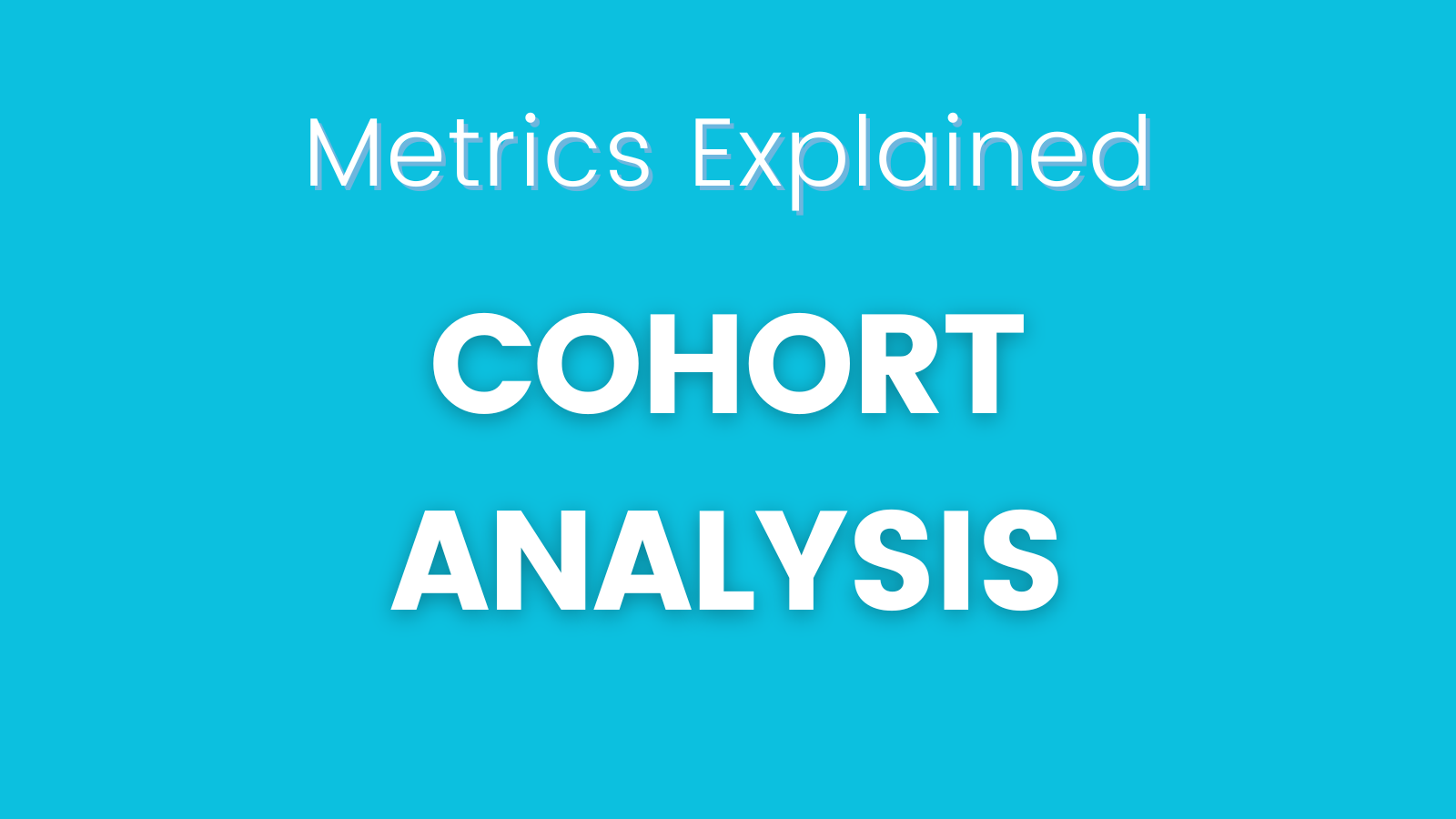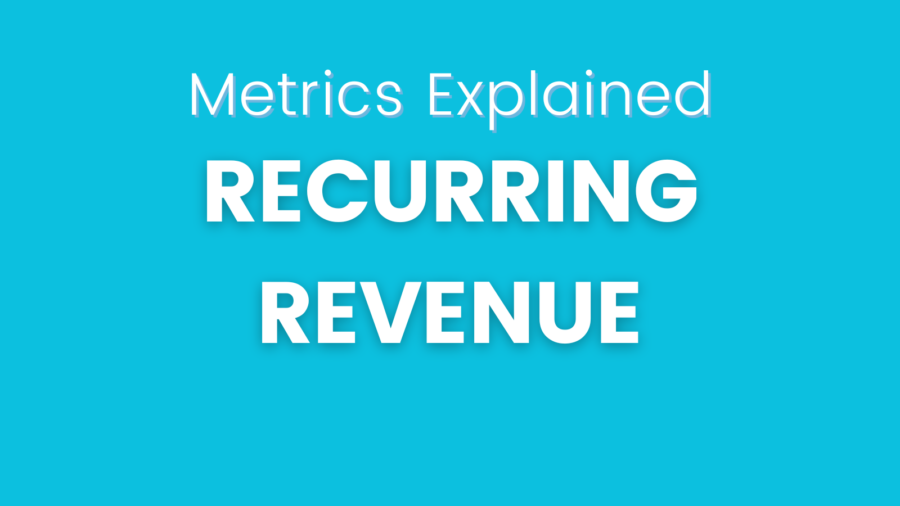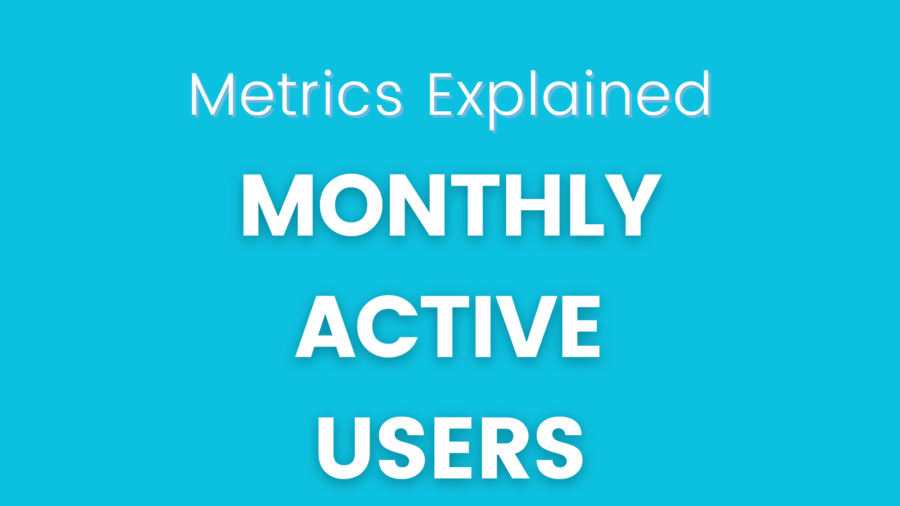Cohort analysis is a powerful technique in product analytics that helps businesses gain valuable insights into the behavior and performance of distinct groups of users over time. It involves grouping users based on a shared characteristic, such as when they signed up or made their first purchase, and tracking their engagement or behavior within specific time intervals. Calculating cohort analysis allows businesses to understand user trends, measure user retention, and identify opportunities for improvement.

- Define Cohort Period and Criteria:
To perform cohort analysis, first, define the cohort period, which represents the time frame when users share a common attribute (e.g., sign-up date). Next, determine the specific criteria that will be used to group users into cohorts. For example, you could group users based on the month they signed up or the week they made their first purchase. - Gather Data:
Collect data on user activities and behaviors within each cohort over time. This data may include metrics such as customer retention, revenue generated, number of sessions, or any other relevant engagement metrics. - Calculate Cohort Metrics:
You can use various formulas and data visualization techniques to calculate cohort metrics. For instance, you can calculate the cohort retention rate, which measures the percentage of users who remain active over time within each cohort. - Analyze and Draw Insights:
Interpreting cohort analysis allows businesses to understand user behavior patterns, identify trends, and assess the success of specific initiatives or product changes. By comparing the performance of different cohorts, businesses can identify opportunities for optimization and devise targeted strategies to improve customer engagement and retention.
Calculating Cohort Retention Rate
To calculate the cohort retention rate, follow these steps:
- Select a cohort of users based on a common attribute (e.g., sign-up date).
- Determine the number of active users in each subsequent period after the cohort’s start.
- Calculate the retention rate by dividing the number of active users in each subsequent period by the total number of users in the initial cohort.
For example, if you have a cohort of 1,000 users who signed up in January and the number of active users in each subsequent month is as follows:
- February: 800 active users
- March: 600 active users
- April: 500 active users
The cohort retention rate for each month would be:
- February: 800 / 1000 = 80%
- March: 600 / 1000 = 60%
- April: 500 / 1000 = 50%
Interpreting these cohort retention rates would provide insights into how user engagement and retention change over time within this specific cohort, guiding business decisions to enhance long-term customer loyalty and product performance.
Check other metrics from our Metrics Explained series.





